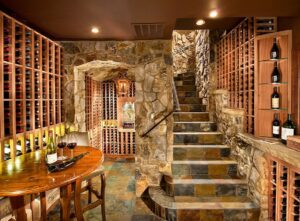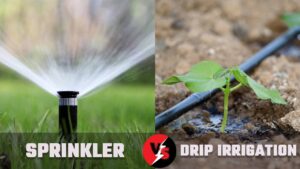
Are you going to build a garden shed to keep your numerous gardening tools because your house lacks outbuildings? Great concept! This is a very useful solution, given that the built garden shed is robust and sturdy, allowing you to enjoy it completely and for a long time. Yet, the choice of material is critical to ensuring these two conditions. So here are some suggestions.
6 Different Existing Materials
Beyond the dimensions and style of the construction, you must examine the materials to be utilized if you are thinking about adding a garden shed to your property. We provide a summary to help you find them.
Wooden Garden Shed

A wooden garden shed will complement your landscape in both aesthetic and ecological ways. Furthermore, many people are convinced of this and have chosen this natural substance. However, it should not be forgotten that, in order to withstand bad weather and last, wood must be maintained on a regular basis, and that, in order to withstand xylophagous insects, fungi, and the like, it must be treated, and this varies depending on the species chosen and prior treatment received.
Woods are classified into several types, which include:
Untreated wood: This is typically fir, spruce, or pine that has not been treated previously. It is consequently recommended that they be treated against insects and fungi, as well as protected against humidity, with a varnish, stain, or microporous paint. These procedures will thereafter have to be performed every two to three years.
Autoclaved wood: Wood that has been autoclaved has already been treated. Only a coat of stain will be required for maintenance.
THT woods: They are high-temperature-treated timbers that are extremely durable and ideal for extreme climatic conditions.
Metal Garden Shed

The galvanized or lacquered steel garden shed is a popular alternative due to its numerous benefits, including low cost, ease of installation, and maintenance. Furthermore, it is a long-lasting option because both galvanized and lacquered metal has weather resistance and are resistant to rust.
But only to a point: if you live near the sea, you should avoid this material because steel and salty air do not mix well. Furthermore, if your land is windy and you choose this type of light garden shed, be sure to choose its site carefully or invest in a storm kit. Another downside is that it is less aesthetically pleasing and will protect your equipment from humidity less effectively.
PVC Garden Shed
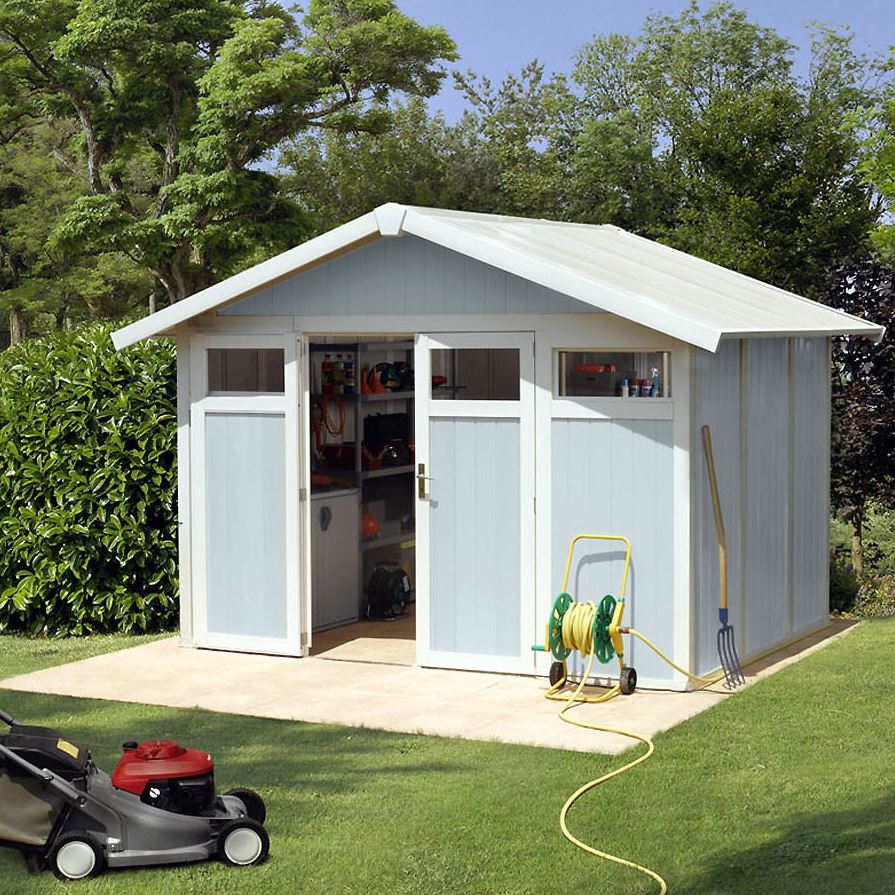
Use PVC if you don’t want to worry about keeping your garden shed. Therefore, you will not have to waste time installing it. There is now high-quality PVC that is not only UV-resistant but also humidity-resistant. If you live near the sea, this style of the garden shed could be ideal for you. The only drawbacks are that it lacks aesthetics, is less environmentally friendly, and has a shorter lifespan than other materials if not made from high-quality PVC.
Resin Garden Shed
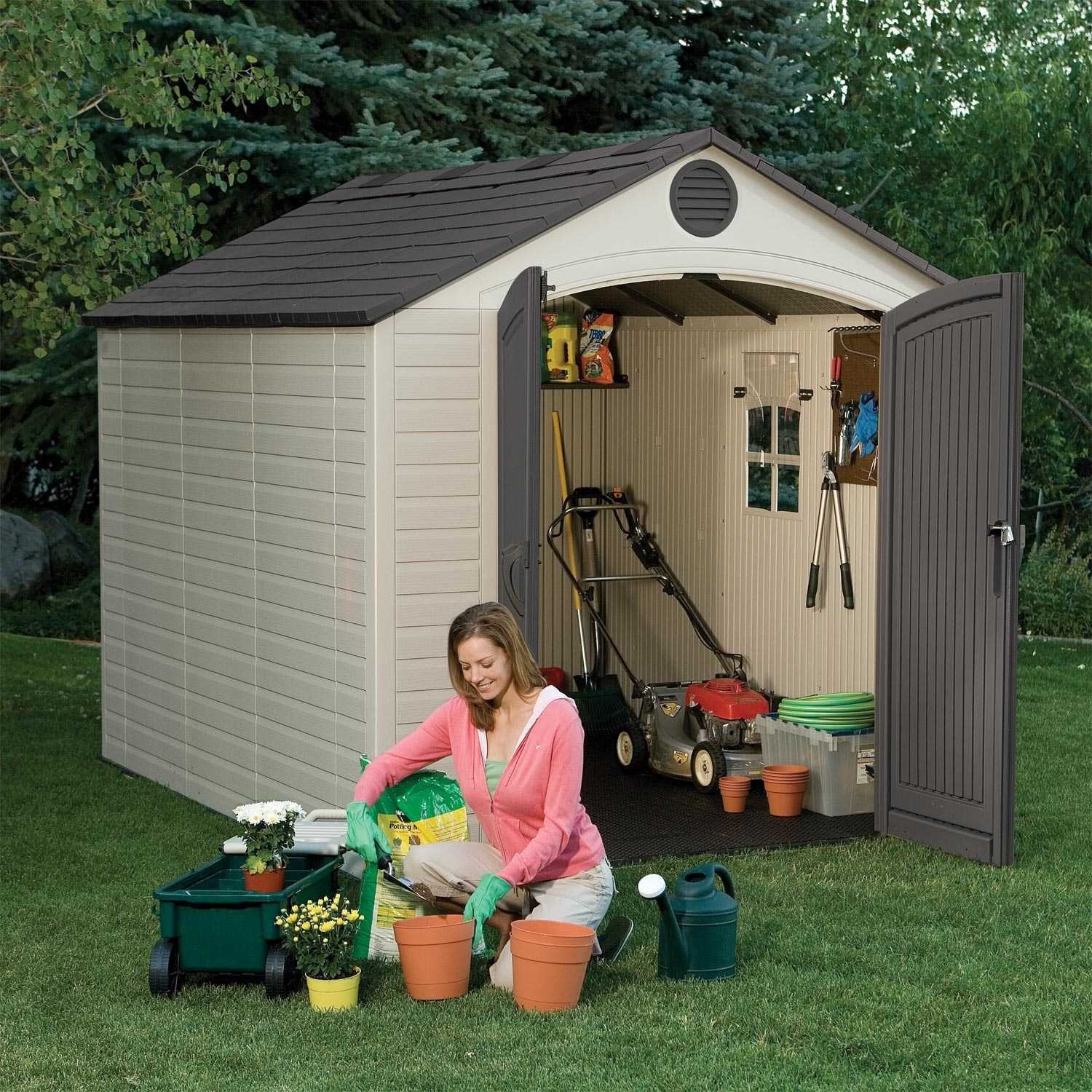
This solution, which was recently introduced, has many advantages but for few disadvantages: resistant, modern, and lasting, regardless of the region in which you reside, this form of a garden shed will give good protection for your equipment. A simple clean with a sponge will serve for upkeep.
Canvas Garden Shed
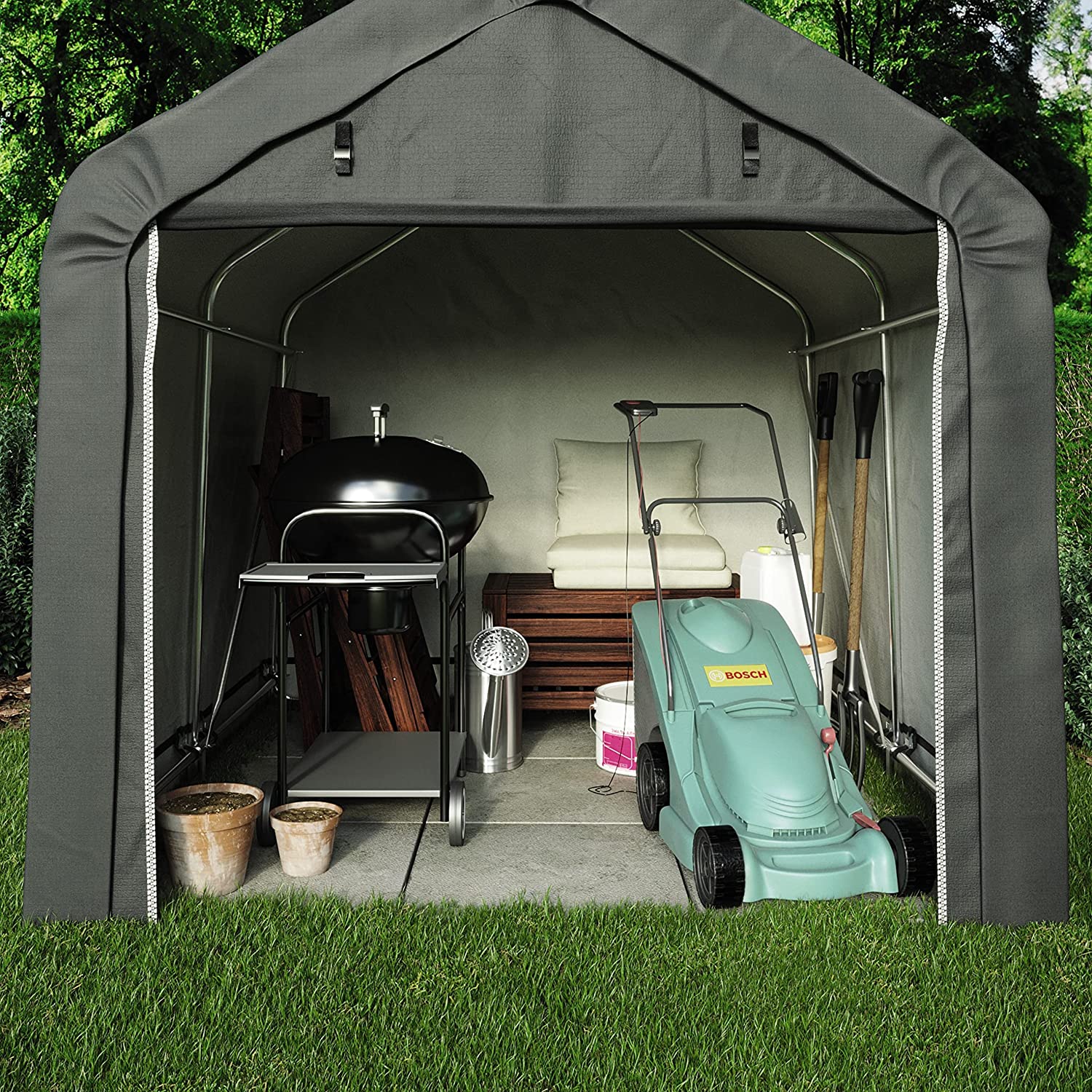
This is the least expensive alternative on the market, but it is also the least substantial and thus the least durable. It is simple to assemble and disassemble, but it should be considered as an occasional solution to avoid if you live in a windy place.
Composite Garden Shed

The composite is a wood and resin composition that has numerous advantages such as being water-repellent, easy to maintain, resistant to all climates, and aesthetically pleasing. As a result, you will have a more exquisite garden shed than if it were built of steel or PVC. A resin garden shed might be a suitable compromise between the solidity of wood and the attractiveness of resin.
Choosing The Material for Your Garden Shed
It is critical to assess your requirements before deciding on a material. A variety of parameters must be considered in order to accomplish this:
Regulations related to your environment: Remember to review them because certain architectural standards are established in subdivision regulations or municipal decrees.
The climate of your place of residence: What is the humidity level? How powerful are the winds? etc.
The salinity of the air: If you live by the water, your needs will be very different.
The amount of time you are willing to dedicate to garden shed maintenance.
The budget: This final element will be crucial in the selection of your garden shed.

